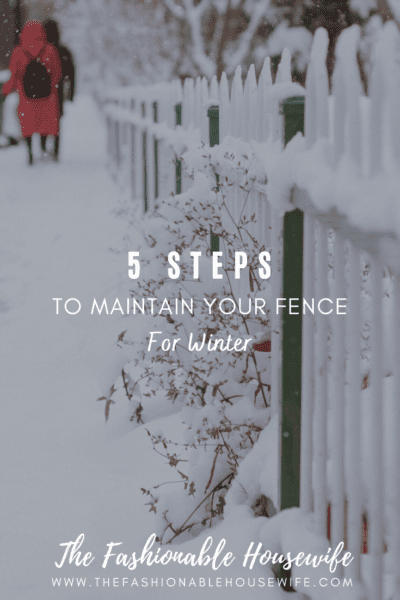
Fencing maintenance doesn’t have to be difficult. In fact, the easy up-front work can mean a lot less effort in the long run.
It is important, however. The winter is rough on structures, especially unprotected ones like fencing. Freeze-thaw cycles above and below ground, high winds, moisture, and lack of sunlight all take their toll on fencing. These conditions can lead to wobbly fence posts, broken panels, peeling paint, mold, mildew, and other issues that can cause fences to fail over time.
But it doesn’t have to. Taking these simple steps every season can help you reduce overall upkeep and help your fencing last even longer so you don’t need to fix your fence in winter.
Step 1: Inspect Your Fence
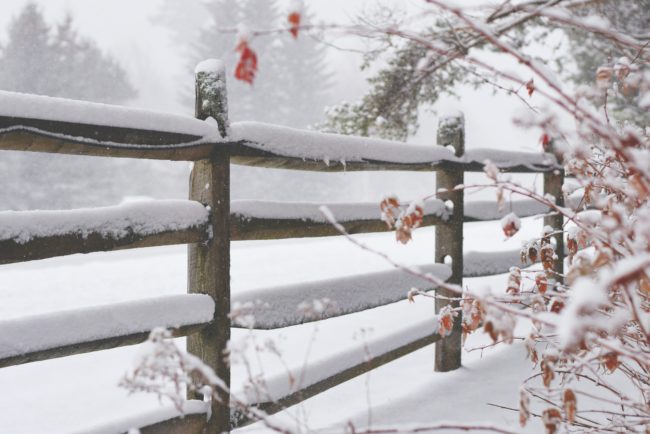
Start by walking the perimeter of your fence and inspecting for any areas in disrepair, overgrown foliage or trees, signs of mildew growth, or any other damage. Make a checklist of issues, noting easy fixes like stains and debris, and more involved work like damage, heaving soil, and wobbling posts. You don’t want to fix your fence in winter if it’s broken.
Step 2: Clean Your Fence
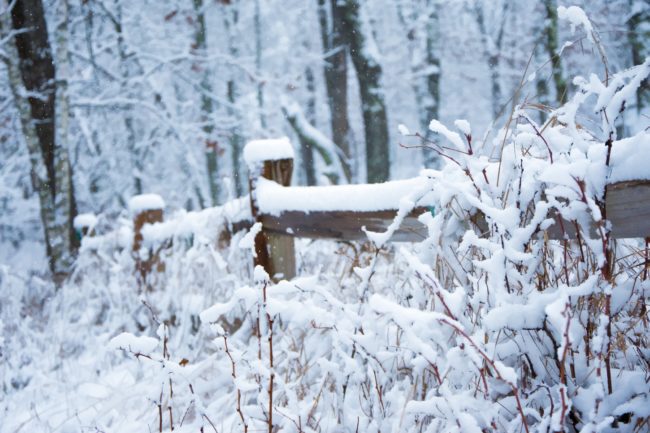
Clean your fence according to the manufacturer’s care instructions. This depends largely on the materials. Lower-maintenance options like aluminum or vinyl often only need to be rinsed with water before the temperatures get too cold. For any areas in need of additional cleaning, including mildew growth or stained panels, mix 1-part white vinegar and 1-part water in a spray bottle. Apply and wipe down with a rag until the area is clean. Rinse with clean water afterward. You can’t exactly wash your fence in winter since the water will freeze, so be sure to take care of this in the summer or early fall.
Step 3: Remove Yard Debris
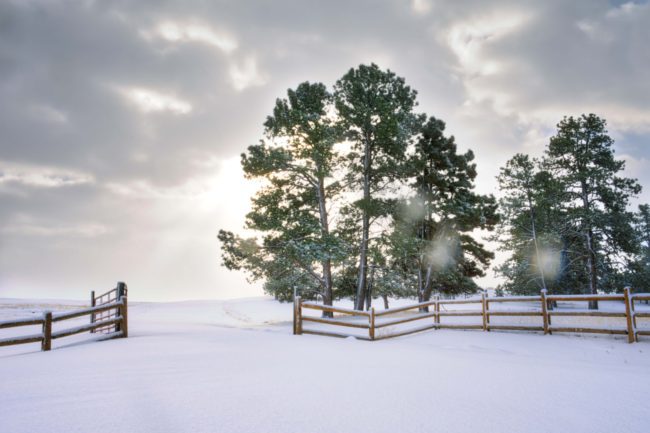
Before it gets too cold, clean out any debris that has gathered around the fence. Are there weeds growing right against the fence? A leaning piece of plywood from the old doghouse you dismantled? Leaves that blew in from the neighbor’s tree? Remove blown leaves, yard scraps, overgrown grass and weeds, junk, or anything else that holds moisture against the fence. Moisture will encourage mold growth or deteriorate your fence through freeze-thaw cycles. You don’t want to have to fix your fence in winter!
Step 4: Prune Landscaping
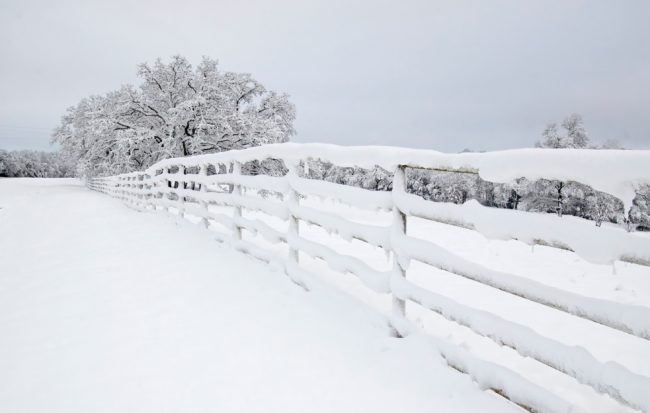
Ensure that grass, foliage, garden plants, and trees are properly cut back clear of your fence to avoid any damage. Trim the fence-line down one last time before the snows come. Heavy snow can often weigh down tree branches during wintertime, causing them to fall and damage property. Pay particular attention to large overhanging branches in the area of your fence and remove them before they have the chance to cause damage. Be careful! Cutting in the wrong place could have the same effect as a falling branch. Call a trained arborist if the size of the branch is more than you can easily manage on your own.
Step 5: Assess Further Maintenance Needs
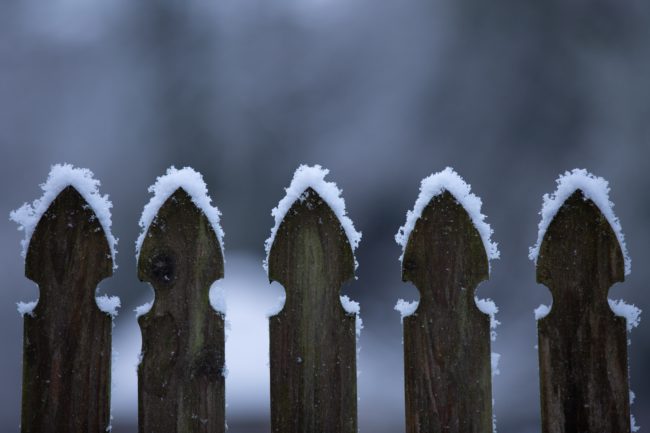
For repairs or restoration, consult professionals like Nobility Fence in Western Pennsylvania for the easiest solution. There may be a simple fix you can do at home or expert help may be needed. Whatever you do, make sure that you know your options! Get a no-cost pro’s opinion before jumping in on your own trying to fix your fence in winter. This could avoid wasting your time and money. Whatever you do, do not put it off longer; potentially allowing the freezing winter weather to worsen the damage.



